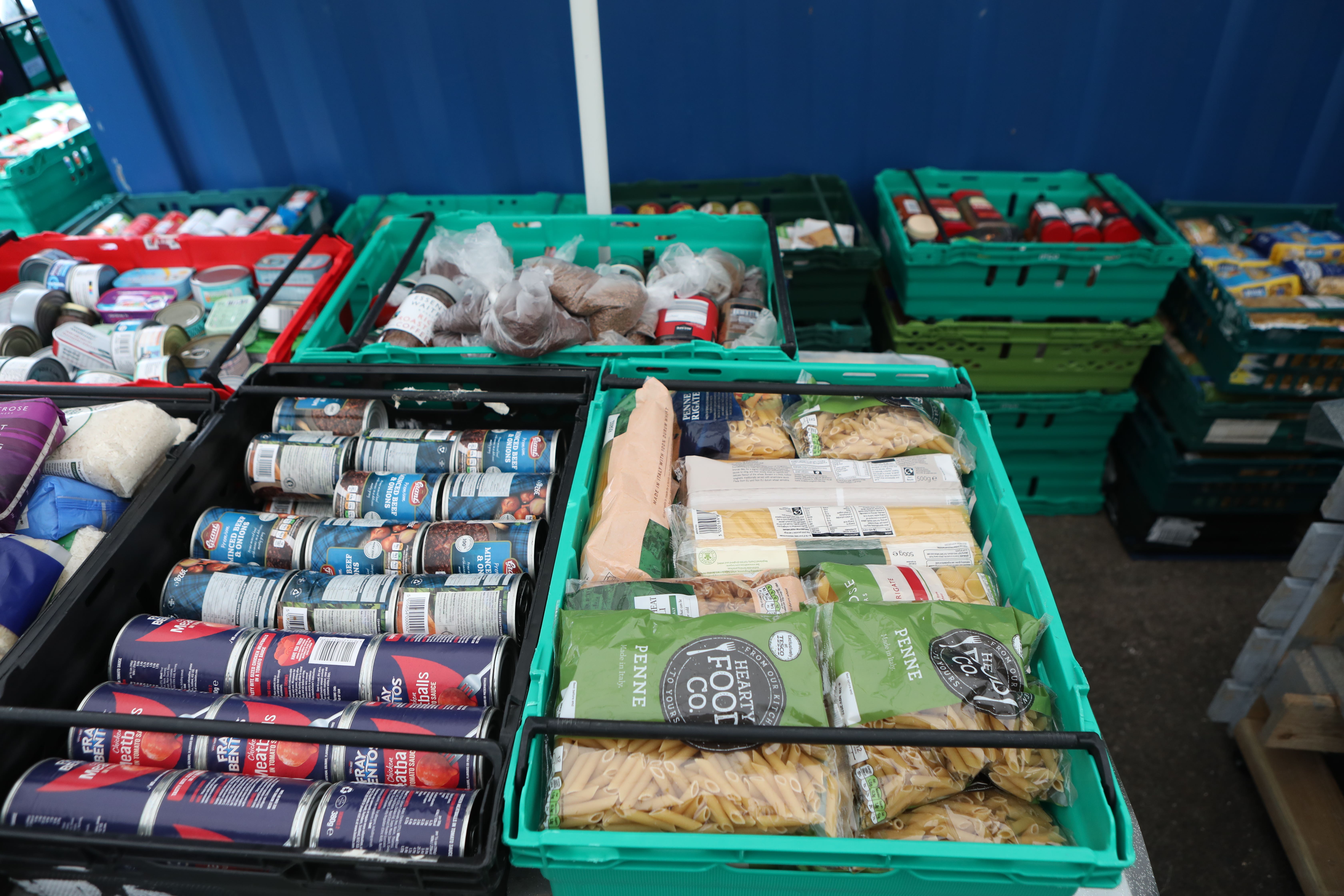Scotland and north of England food bank usage highest in UK, figures show
The figures show a UK-wide average of 3% of households reportedly using food banks in the 12 months to March 2022.

Food bank usage in Scotland and the north of England is the highest in the UK, according to official figures.
The Family Resources Survey, published by the Department for Work and Pensions (DWP), showed 4% of households in Scotland used a food bank in the year up to March 2022.
Meanwhile, 2% of those asked said they had used a food bank in the past 30 days.
The survey spoke to 14,625 people across the UK, 1,906 of them in Scotland, finding patronage north of the border to be higher than in other British countries.
This could be the tip of the iceberg
The proportion of households who reported going to a food bank in the 30 days before they were asked sat at 1% in every other country in the UK, while 2% in Northern Ireland said they had used one between 2021 and 2022 and 3% reported the same in England and Wales.
Scotland’s performance in the year up to 2022 was mirrored in the South East, South West and Yorkshire and Humber regions, all of which also showed 4% food bank usage, but just 1% reported usage in the previous 30 days.
On average, 3% of respondents across the UK reported using a food bank in the 12 months between 2021 and 2022.
David Hilferty, the social justice spokesman for Citizens Advice Scotland, said: “These figures are alarming, but reflect the reality of what Citizens Advice Bureau (Cab) advisers across the country see every day, with parents forced into the impossible choice between heating their homes or feeding their kids.
“The Citizens Advice network has been warning about the impact of the cost-of-living crisis on food insecurity for some time now.
“Our most recent analysis of Cab data shows that 15% of people seeking food insecurity advice also needed help with energy bills and utilities.
“So what is concerning (about these) figures is they precede the real impact of energy price rises on household budgets. This could be the tip of the iceberg.”
Elsewhere the statistics show Scotland had among the worst levels of food security, matching Wales with 8% of respondents reporting they were food insecure.
The figures come as other statistics released on Thursday showed poverty levels in Scotland had stagnated, with 24% of children still living below the breadline over the period of 2019 to 2022.
Meanwhile, a total of 1,110,000 people were living in relative poverty – meaning the amount of money they have is less than 60% of UK median income after housing costs are taken into consideration – an increase of 70,000 since the period of 2018 to 2021.
We will soon publish a plan, grounded in human rights, that sets out the further action we will take to improve the response to hardship and reduce the need for food banks
A Scottish Government spokesperson said: “We recognise that too many people are having to turn to food banks, and that is why the Scottish Government has prioritised urgent cash-first supports this winter, including £1.8 million for food groups and an additional £2.5 million to local authorities to boost the Scottish Welfare Fund.
“This funding is providing vital support, including helping people access emergency cash in their local communities so they can buy the food they need.
“As set out in the Programme for Government, we will soon publish a plan, grounded in human rights, that sets out the further action we will take to improve the response to hardship and reduce the need for food banks.”





